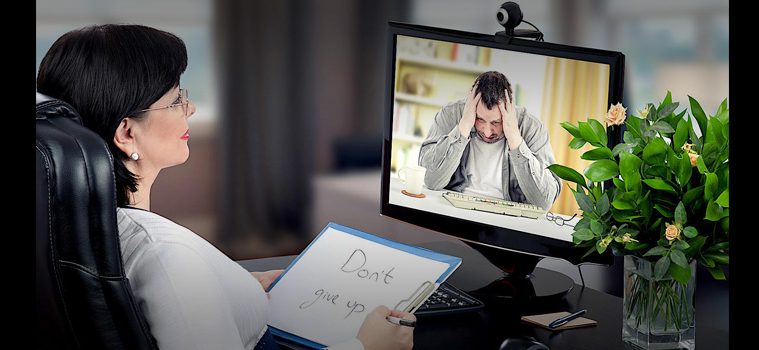DOCTOR (CAN’T) HEAL THYSELF –
February 11, 2021 – USA TODAY spoke with half a dozen mental health workers who told us the pandemic has been the most challenging year of their professional lives. Every one of them said they’d experienced symptoms of burnout.
Some are in therapy themselves, but most are not. These professionals are helping their patients cope with stress, anxiety and sometimes unimaginable loss while also managing their own suffering. Many have taken on heavier caseloads with more patients experiencing trauma and suicidal ideation. Most have transitioned to telehealth, which made therapy possible during the pandemic but reduced the intimacy many therapists count on to connect. Yet despite how they have risen to the occasion, nearly all clinicians interviewed felt guilt – for the answers they could not give their patients, and for the many people they had to turn away.
“In grad school, they don’t teach you how to provide therapy and help during a pandemic,” said Janel Cubbage, a member of the American Association of Suicidology and a psychotherapist in private practice. “This is unprecedented and at times I feel really helpless. I feel like I don’t know what to do other than be present with my client and validate what they’re experiencing.” One of the most unique challenges of COVID-19 is the parallel experience for therapists and their patients who are experiencing many of the same fears and frustrations, brought on by many of the same external events.
If you don’t have access to the care you want right now, there is still help available: You can call the U.S. National Suicide Prevention Lifeline at 800-273-TALK (8255) any time day or night, or chat online. The Crisis Text Line provides free, 24/7, confidential support via text message to people in crisis when they dial 741741. The National Alliance on Mental Illness has support groupsfor people living with mental illness.



